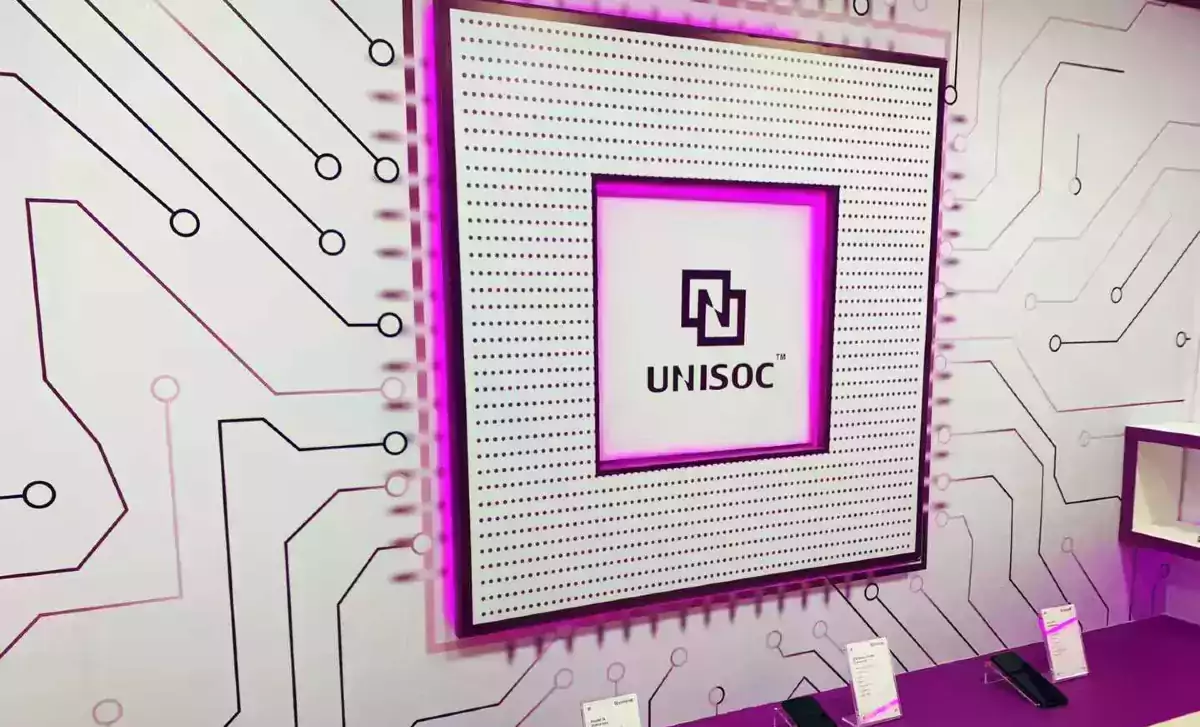UNISOC has joined Google’s new Android Ready SE Alliance, a collaboration between Google and Secure Element (SE) vendors, to offer a growing list of open-source, validated, and ready-to-use SE Applets for new and emerging use cases such as digital keys, identity credentials, E-money solutions.
The alliance was created to make discrete tamper resistant hardware backed security the lowest common denominator for the Android ecosystem, which makes emerging applications on smart terminals more secure and convenient.
UNISOC has a range of complete security solutions from chip to software. Joining the Android Ready SE Alliance can give full play to the advantages of UNISOC’s integrated software and hardware security solutions to further improve digital security protection for smart terminals.
“UNISOC aspires to deliver secure solutions to the Android ecosystem. With the rapid development of mobile Internet, the tamper-resistant secure element is becoming indispensable requirement in Android devices.” said Xiaofei Xia, Marketing SVP, UNISOC.
The development of digital technologies such as mobile Internet, big data, cloud computing, and smart terminals has accelerated the advent of the digital world and made the protection of digital security more complex and changeable.
UNISOC says it considers digital security protection from the initial design of the chip, integrates different security specifications and requirements according to different usage scenarios, supports international mainstream algorithms and secret keys for enhanced protection, and is in line with the industry.
OEMs that are part of the Android Ready SE Alliance must meet the following requirements:
- Pick the appropriate, validated hardware part from their SE vendor
- Enable SE to be initialized from the bootloader and provision the root-of-trust (RoT) parameters through the SPI interface or cryptographic binding
- Work with Google to provision Attestation Keys/Certificates in the SE factory
- Use the GA version of the StrongBox for the SE applet, adapted to your SE
- Integrate HAL code
- Enable an SE upgrade mechanism
- Run CTS/VTS tests for StrongBox to verify that the integration is done correctly



